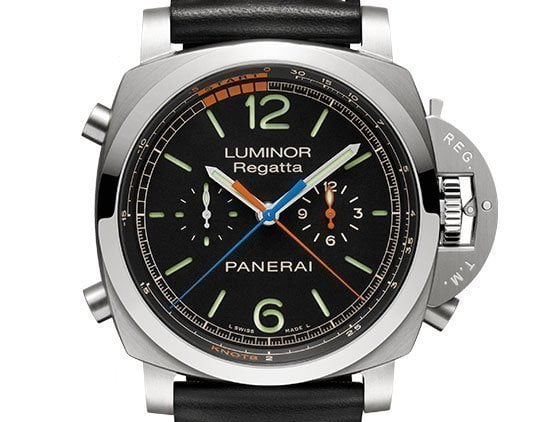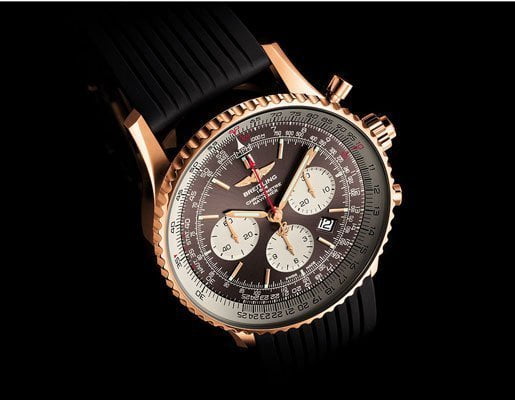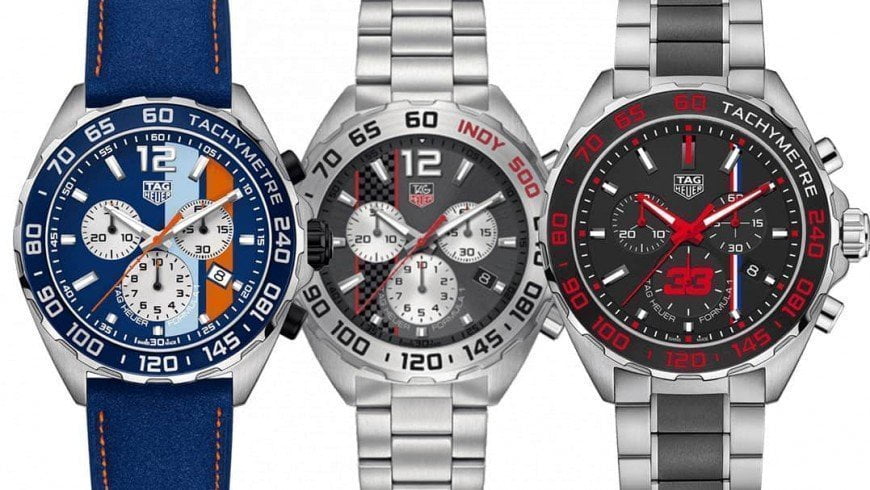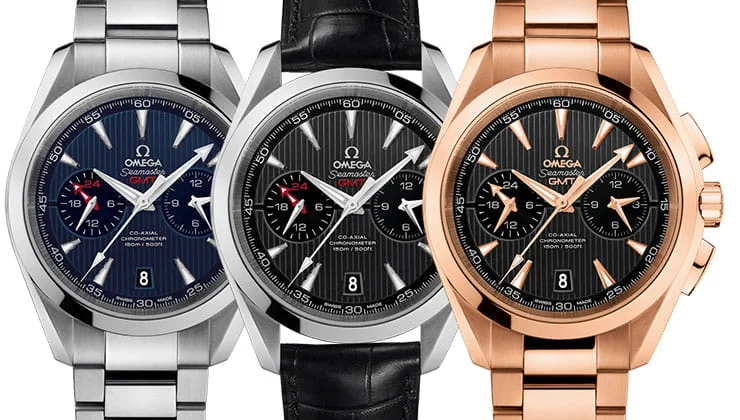Chronograph Watches Meaning, Functions and more
~
Chronograph Meaning
A chronograph represents a watch with additional short-time measurement (stopwatch) function, shown by an additional hand (Chrono hand) which can be started, stopped, and also reset to zero by pushers in the housing wall.
Most chronographs feature one or more hands-on a dedicated dial or subdial to show recorded seconds, minutes, and hours. These features represent totalizers, recorders, or registers since they keep track of elapsed time.
The more expensive version of a chronograph represents the column-wheel chronograph, also called a pillar wheel or (Swiss) castle. In this system, the start, stop and reset of the chronograph hands become controlled via a column with seven- or nine-tooth gear. This makes the operation of the buttons smoother but technically becomes very demanding to design and manufacture. Therefore watches with this construction, mostly popular in the 1930s and 1940s, today are regarded as coveted collector’s items. Today, many high-end chronographs still rely on column wheels.
The chronograph construction via cam switching possesses a lower ‘prestige’ but technically becomes quite more capable. In this system, a stack of various-shaped plates operate the various levers required to engage and disengage wheels and stop and start hands. Cams are simpler and less expensive to manufacture, so this system usually becomes used in lower-end movements.
But, a more elegant system of engagement uses a vertical clutch, similar to the type found in automobiles. This represents a more complex solution and demands greater precision of manufacture but gains the benefit of smoother engagement and disengagement of the chronograph mechanism and less interference with the timekeeping wheels. For this reason, many advanced and upscale chronograph movements use a vertical clutch.
Find out more also about Rattrapante Chronograph Watches Here and also about our Top 10 Best Rattrapante Chronograph Watch for Collectors Here
~
Chronograph Watches




